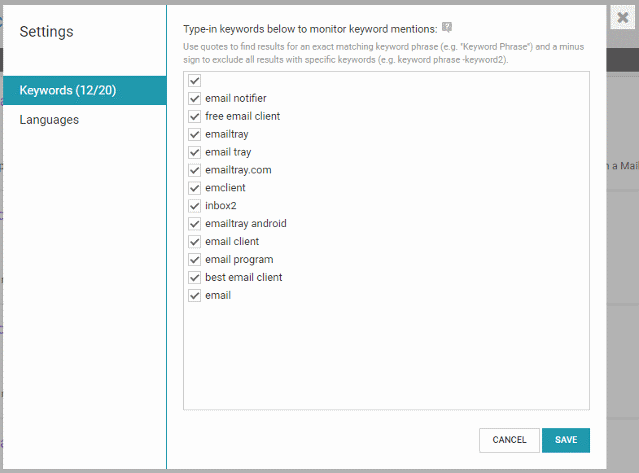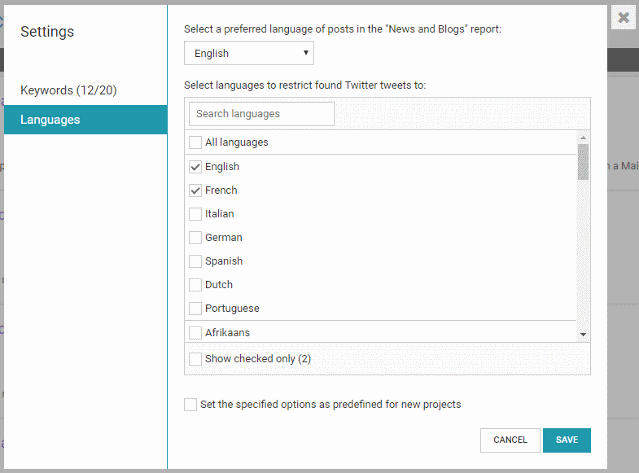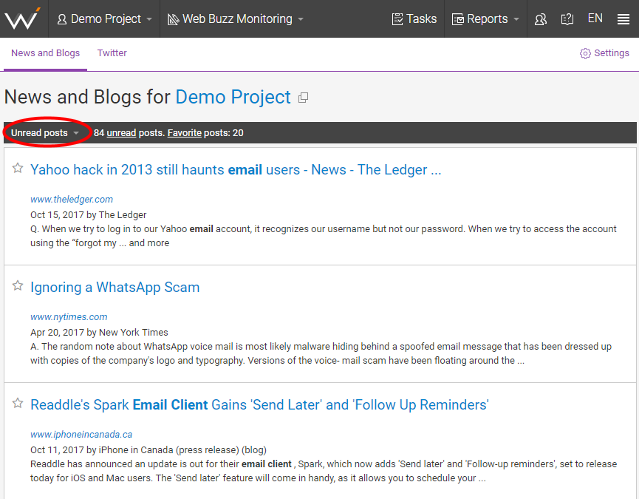
Our blog has seen a lot of SEO talk lately. SEO for legal firms, SEO for fashion sites, tips for local SEO… However, before you even start doing SEO for your site, the first and the most important steps are creating a brand, doing proper positioning and taking care of online brand tracking.
What is the sign of a good brand reputation?
Who creates a website without the intention to lure visitors in? I guess there are webmasters who want to dwell in the unexplored pages of Google’s search results; maybe even the deep web. Somehow I doubt you are one of them. You were born for greatness. You want to make your website known and famous; maybe it already is. Whatever the case, your success is deeply tied to your online reputation: one of your highest rewards and one of your main concerns at the same time.
A good brand reputation is like a tree. Not only does it feels nice to rest under its shadow, it can also grow and bear fruit to even riper rewards if you nurture it right. And obviously, it will wither if you don’t show it proper care. Growing the tree of your reputation is a complex task, and not the least important of its steps is tracking your brand mentions online. That’s what we’ll give special attention to today.
How to find online brand mentions
Many people are scared to search their own name online. Woe to you if you named your brand after yourself, for you’ll have to overcome this fear. If you were more creative, all is good in your world. Search away safely.
A simple Google search can reveal a lot about your reputation: reviews, for example. Yet there are a number of reasons I wouldn’t recommend relying on Google alone.
- It sorts search results by their rankings, regardless of how old or recent they are. This poses a problem if you want to know what’s new.
- It likes to put results you’ve clicked on before in the top positions. This can be circumvented by going incognito, but can you really be bothered to do that every time you want to Google yourself?
- Your own site will most likely occupy the top search results, making your search needlessly longer.
You could try and come up with sophisticated search requests that would solve those problems (there are plenty of secret Google Fu techniques), but there’s an easier way. It’s much more optimal to use an SEO tool which can quickly find the brand mentions that you need.
If you have a project in WebCEO set up and running, you can start tracking your mentions with the Web Buzz Monitoring tool.
Click on Settings. That’s where the beast awaits commands from you to obey. It’s all fairly simple. The first step is typing the keywords you want to track.
You can choose up to 20 different words and phrases. You can even use the minus sign to exclude all results with specific keywords; this is in order to filter out irrelevant matches. I can’t come up with a serious example from the top of my head, so let’s go with a silly one. Suppose you want to track mentions of pizza, but you don’t find pineapple pizza appetizing enough to want to see it in your results. You go to Settings -> Keywords and type in pizza -pineapple and pizza -Hawaiian in the list of keywords to be tracked. Done! No more recipes that offend your taste.
Below Keywords is the Languages menu where you select the preferred languages of results. Pretty straightforward.
Press Save when you are finished tweaking the tool, and in a few moments you’ll have your mentions. They’ll be displayed in two separate sections: News and Blogs and Twitter Buzz.
The former is for when your brand’s name, linked or unlinked, is dropped in news articles and blog posts. The results are marked as ‘read’ as soon as they appear on your screen (i.e. they’ll turn purple if you keep scrolling and will stay blue if you don’t), and you can filter out read posts by clicking on the menu in the top left corner above the list. Tremendous help when you need only fresh updates, isn’t it?
Twitter Buzz, as the name suggests, shows the most recent tweets with your mentions (in hashtags and otherwise), picked from Twitter. It shares the settings with News and Blogs, so you don’t have to configure the tool twice.
If you happen to get a particularly positive mention – an article full of accolades or a tweet that received lots of likes and retweets – you can mark it as a favorite so you could easily find it again whenever you want. As they say, confidence is built through success. Let those favorite mentions become a foundation for yours!
How does online brand monitoring help you?
Now that you’ve discovered a goldmine of your brand’s mentions, what are you to do with it? How does this information help you? You put it to good use, of course! Here are the advantages of brand monitoring:
- It provides opportunities for link building. Expect to get more than a few unlinked brand mentions. While they work fine for raising awareness, you can attempt to make them even more useful. Reach out to the person who talked about you in their article and ask them to attach your site’s URL to the mention. Chances are, they’ll do it: after all, they liked you enough to bring you up in the topic.
- You can interact with your target audience. If the mention sparked discussion in the comments, you can join in and participate. Do commenters have questions about you? Be helpful and answer them. Are you being scolded instead of praised? This could be your chance to present yourself in a more positive light. Conversation is the best way to build reputation.
- You can research the market. Just sit back and absorb information without actively doing anything (but don’t make it a habit). It’s important to know how the public perceives you, how their opinion of you can be improved and how you can improve yourself to bring in more customers.
Awareness is the key to winning any battle, and your online reputation is worth fighting for. Be constantly aware of what the Internet thinks of you, and that’s half of the battle already won. Knowledge, swift action and a good SEO tool are the nutrients you need for growing the tree of your success. Be sure to take good care of it!





